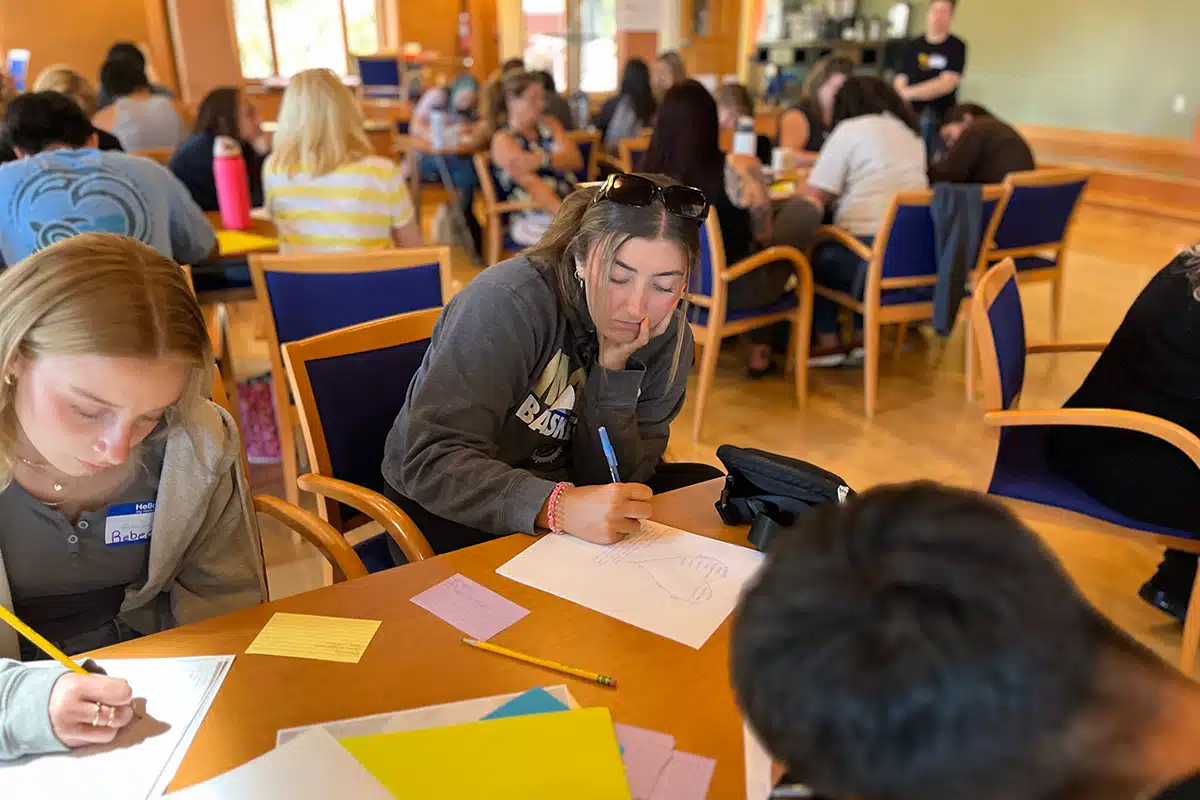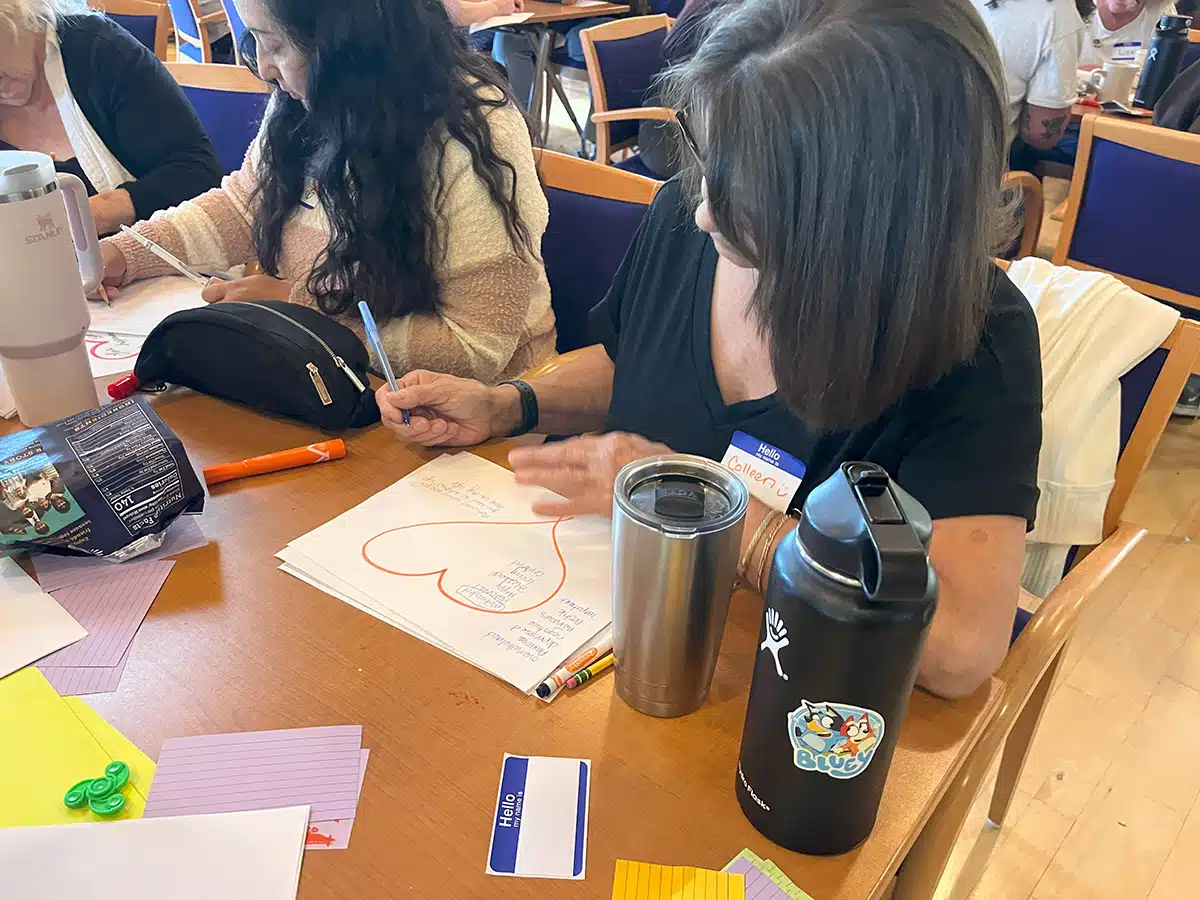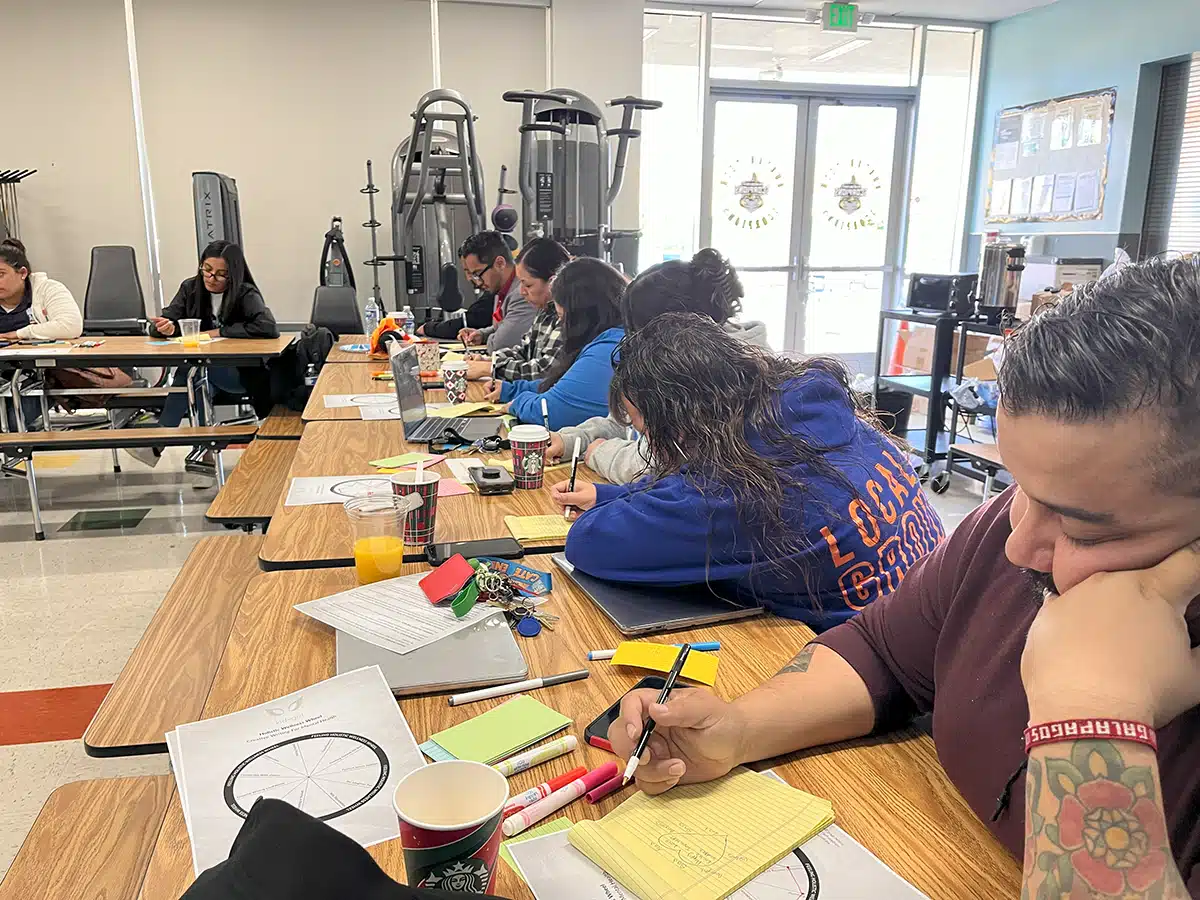
Change Is the Only Constant (And My Greatest Teacher)
Change is life’s greatest teacher. Discover how resilience, reflection and adaptability can guide us through every season of growth.
While social-emotional learning (SEL) and mental health are not identical, there are important overlaps between the two. In this blog, we’ll explore how creative writing can help support mental health. You’ll notice that many of the themes and activities also align with SEL practices, highlighting their shared benefits. However, if you notice ongoing challenges or persistent symptoms that aren’t improving through these practices or other methods your school or site is using, it’s important to seek guidance from a professional counselor for additional support.
This spring, we launched a Writing for Wellness Program for students and also retreat-like workshops for our educator partners. It’s been amazing to hear feedback about the impact of the activities we have created for humans of all ages 5-105! Below are some useful strategies for you and your teams!

In today’s fast-paced educational environment, mental health is no longer just a personal issue, it’s a professional priority. Educators face increasing demands that can lead to stress, anxiety, and burnout. Prioritizing mental health not only supports staff well-being but also fosters a positive, creative, and engaged school community. One of the most effective ways to promote mental health in schools is through creative outlets such as writing, self-reflection, and art. These tools offer powerful means to process emotions, relieve stress, and boost mental clarity.
In this blog, we’ll explore practical strategies for integrating these creative tools into school routines to support staff mental health and well-being.
1. Writing as a Tool for Mental Health
Writing can be a powerful way for educators to process emotions, reflect on challenges, and find clarity during stressful times. Here are some ways to integrate writing into your school day:
2. Self-Reflection for Personal Growth and Well-Being
Self-reflection helps educators manage stress and grow personally and professionally. Incorporating it into the school day promotes well-being and emotional intelligence.
3. Art as a Creative Outlet for Stress Relief
Artistic activities can help educators manage stress and enhance team morale.

4. Integrating Creativity into Daily Routines
To make these strategies sustainable, it’s essential to embed them into the daily school routine.
By embracing these creative strategies, schools can create a culture that supports mental health, encourages self-expression, and enhances well-being across the staff. We need it now, more than ever!

By embracing these creative strategies, schools can create a culture that supports mental health, encourages self-expression, and enhances well-being across the staff. We need it now, more than ever!

Change is life’s greatest teacher. Discover how resilience, reflection and adaptability can guide us through every season of growth.

If you’ve ever joined a kid-grit training, you’ve heard us proudly say that our work supports people ages 5 to 105.

kid-grit and Mizzen Education have launched a brand-new series of 20 social emotional learning, life skills and wellness-based activities.